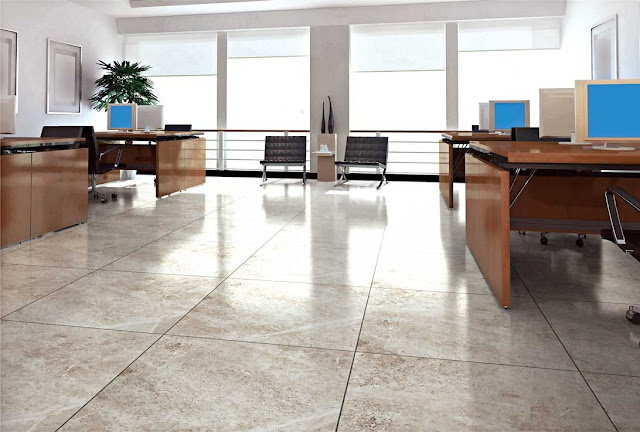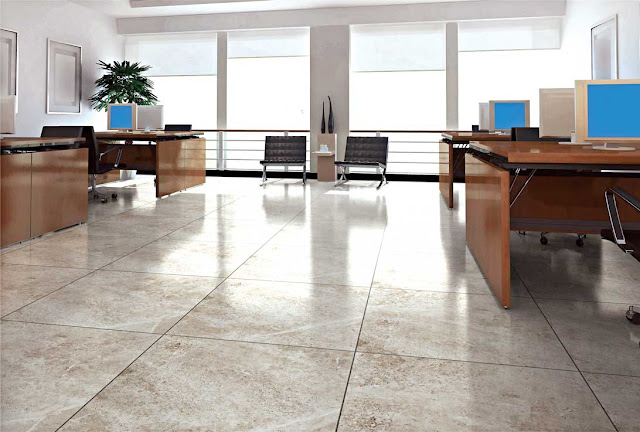Tile can be a long-term
investment in your home, not an expenditure. The reason for this is that
tile can be a long-lasting – sometimes permanent – installation.
Remember, some of the early Romans’ installations are as lovely as they
were when first installed over 2000 years ago!
From
a design perspective, think about how you can use the colors and
textures of your ceramic decor, then select new paint or wallpaper,
window treatments, fabrics and accessories to create a whole new world
from your tile.
Tile is
not only lovely, it is also very practical. Tile is largely an inert
surface of fired (baked) clay, metal, or stone, so it is easy to keep
clean and tends to retard the growth of fungus, mold and mildew.
Ceramic Tile is used interchangeably with porcelain. Technically, both traditional and porcelain tile are ceramics made from clay and other minerals and fired at high temperatures.
Porcelain differs in that it is comprised of finer materials and fired, or baked, at much higher temperatures than traditional ceramic tile. This makes porcelain denser and more moisture resistant, capable of standing up to heavier traffic and harsher environments – even outdoors.
Traditional Ceramic Tile is a clay body, usually with a colored surface, often glazed. Porcelain is usually homogenous in color throughout, making scratches or dings virtually unnoticeable. Porcelain though, can be colored and glazed and also created in stone fashions – only porcelain can be much tougher than Mother’s Nature version.
If you are researching tile options for your home, make sure you to talk with your local flooring retailer. The flooring professionals will help you marry your lifestyle needs with the array of product choices, colors and styles. You can see samples of different types of ceramics and which ones will work best for you.
Ceramic Tile is used interchangeably with porcelain. Technically, both traditional and porcelain tile are ceramics made from clay and other minerals and fired at high temperatures.
Porcelain differs in that it is comprised of finer materials and fired, or baked, at much higher temperatures than traditional ceramic tile. This makes porcelain denser and more moisture resistant, capable of standing up to heavier traffic and harsher environments – even outdoors.
Traditional Ceramic Tile is a clay body, usually with a colored surface, often glazed. Porcelain is usually homogenous in color throughout, making scratches or dings virtually unnoticeable. Porcelain though, can be colored and glazed and also created in stone fashions – only porcelain can be much tougher than Mother’s Nature version.
If you are researching tile options for your home, make sure you to talk with your local flooring retailer. The flooring professionals will help you marry your lifestyle needs with the array of product choices, colors and styles. You can see samples of different types of ceramics and which ones will work best for you.
Source From: http://www.greatlakescarpet.com/blog/ceramic-tile-a-great-long-term-investment










